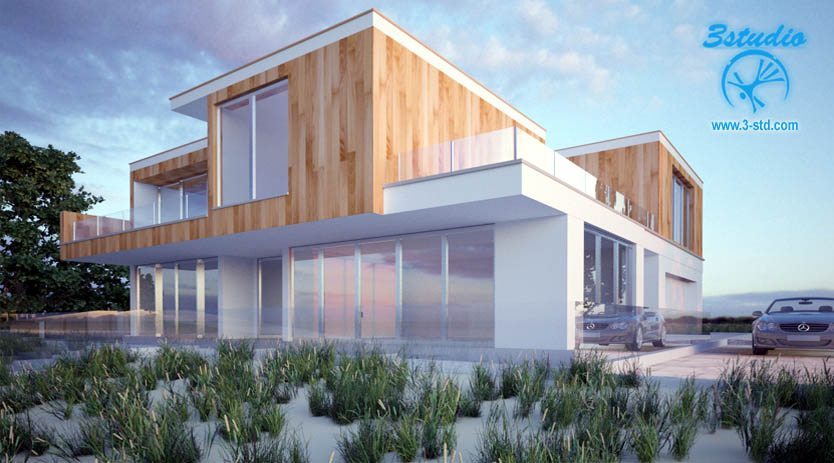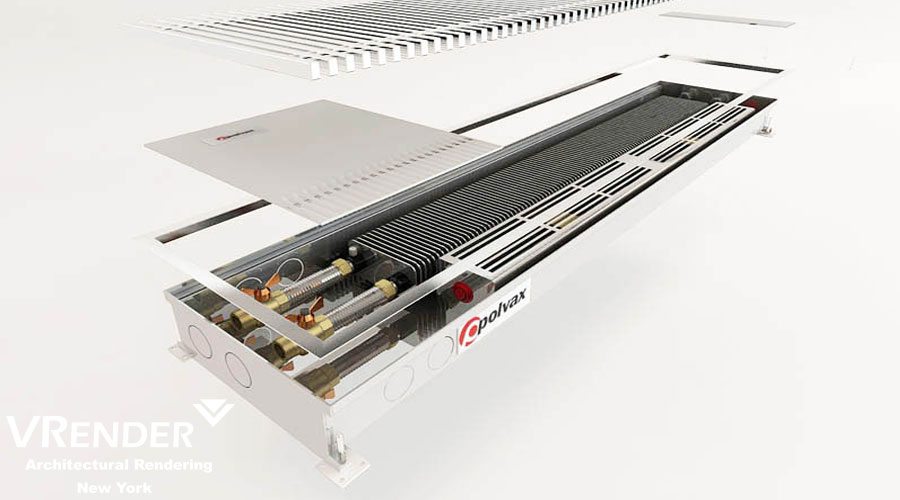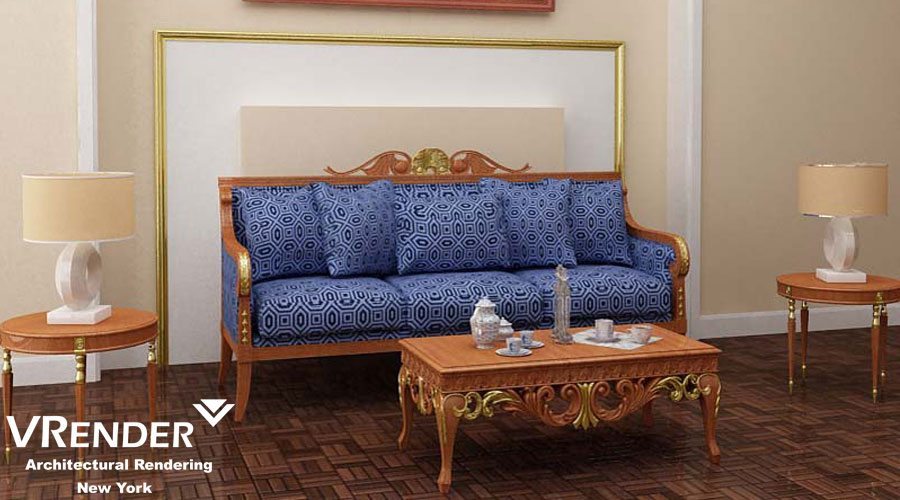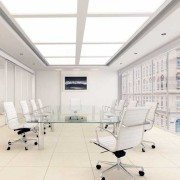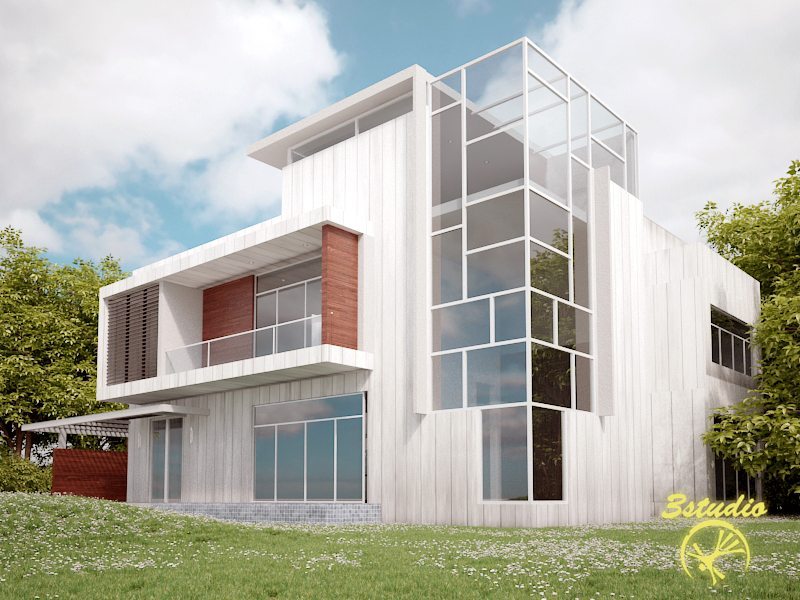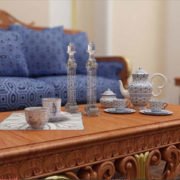What is architectural 3D Design?
3D architectural design is a process where architects and designers use computer-generated graphics to create three-dimensional (3D) models and visualizations of buildings and spaces. The model includes not only the structure but also the details such as the textures of materials, lighting, environment, and furnishings to realistically represent the appearance of the proposed design.
The process of architectural 3D design typically includes several steps:
1. Conceptualization: First, architects create rough sketches or basic drawings of their vision for the space or structure. This is the stage where ideas are formed and the basics of the project are outlined.
2. 3D Modeling: Using specialized software like Autodesk Revit, 3ds Max, SketchUp, or ArchiCAD, designers then build the 3D models based on architectural plans, drawings, and design concepts. The modeling process involves creating the geometry or “mesh” of all building elements.
3. Texturing: Once the model is in place, textures and materials are applied to surfaces to simulate the real-world appearance. High-resolution images are often used to create realistic textures for wood, concrete, glass, metal, and more.
4. Lighting: Proper lighting is crucial in architectural visualization. It provides depth, contrast, and realism to the model. Designers add various light sources to mimic natural and artificial lighting conditions.
5. Rendering: The 3D model is then processed by rendering software to produce high-quality images from specified viewpoints. Rendering may use ray tracing or real-time engines to create photorealistic or non-photorealistic images.
6. Post-Processing: Some models go through an additional editing process using image editing software (like Adobe Photoshop) to enhance the visual quality, adjust color balance, or add special effects.
7. Presentation: Finally, the rendered images, and often animations or virtual tours, are used to showcase the final design to clients, stakeholders, or the public. These visuals are used for design approval, marketing, or fundraising efforts.
Architectural 3D design has become essential in modern architecture and construction. It aids in better communication with clients, spotting potential design issues before construction starts, and enhancing the overall design process. It also plays a significant role in marketing and selling real estate before it’s even built, providing a valuable tool for architects, developers, and buyers alike.
- How to add perspective to architectural projects with digital 3D rendering help - December 24, 2023
- 3D Architectural Walkthrough Animation Services New York - April 24, 2019
- 3D Rendering Services in San Francisco, California - March 12, 2019

